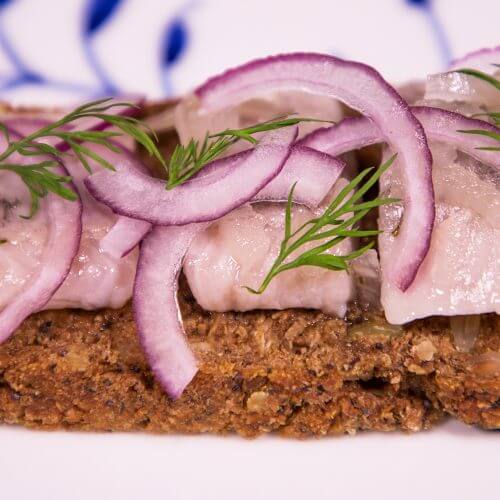Preserved Egg
Here we explain some of the chemistry behind the preserved egg or ‘century egg’, a traditional Chinese delicacy which is famous for its startling appearance, pungent odour and succulent flavour.
As the West’s exposure to Chinese culture continues to grow, these are among the Chinese and Southeast Asian foods we are likely to see more of in the near future. Preserved eggs are definitely unusual enough to be interesting, yet familiar enough to be easily accessible. What’s more, they’re sold ready-to-eat and require no cooking. Just a peel and a rinse.
Preservation
The preservation process is at least six hundred years old. Mass producers have developed modern shortcuts, where eggs are simply immersed in a chemical bath, but the traditional method remains widely used and has changed little over the centuries.
Fresh eggs, usually duck or chicken, are thickly coated in a paste made from clay, ash and salt, and containing quicklime and sodium hydroxide. This alkali salt, also known as caustic soda or lye, is the key component (sometimes, sodium carbonate is used instead). It gradually penetrates the eggshell via osmosis, raising the pH level inside and, just as strong alkaline solutions cause chemical burns, eventually dissolves the fats and proteins inside the egg via hydrolysis. These fats and proteins break down into peptides, amino acids and fatty acids, creating entirely new textures, colours, odours and, crucially, flavours.
The preservation process can last from a few weeks to as long as five months.
Where to buy
Preserved eggs are a common foodstuff in China and Southeast Asia, so there are many brands out there. We recommend checking out the range at your nearest Chinese or Asian supermarket (most cities and large towns have at least one). If you prefer to order online, we know and can recommend the preserved eggs sold at Sous Chef.
Serving suggestions
- White rice congee with chilli, sesame seeds, spring onion and toasted sesame oil, with chunks of preserved egg stirred in.
- Silken tofu, also served with chilli, sesame seeds, spring onion and preserved egg, as well as pork floss and a sauce made from soy, chilli and black vinegar. Check out the recipe here.
- And a Hong Kong classic, served with pickled ginger. The flavours here intersect and complement one another in a really interesting way.





